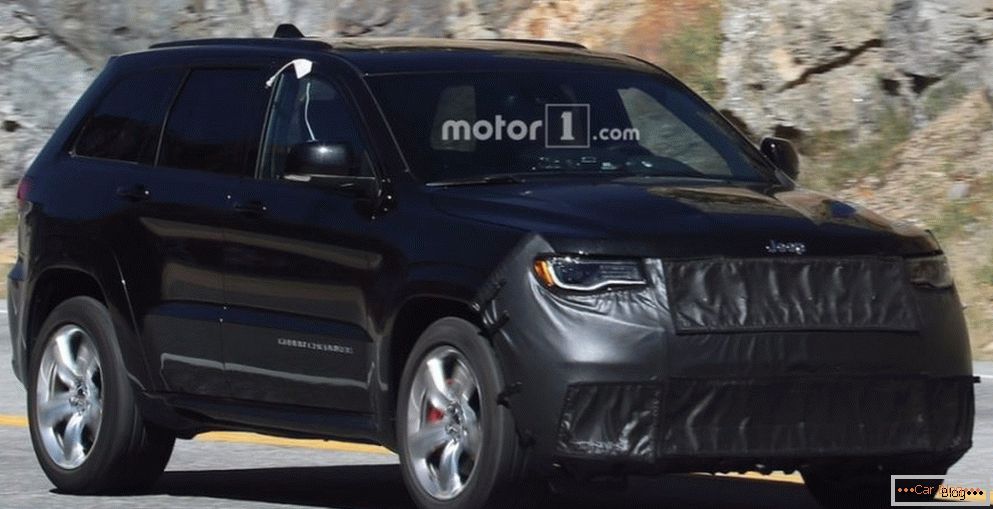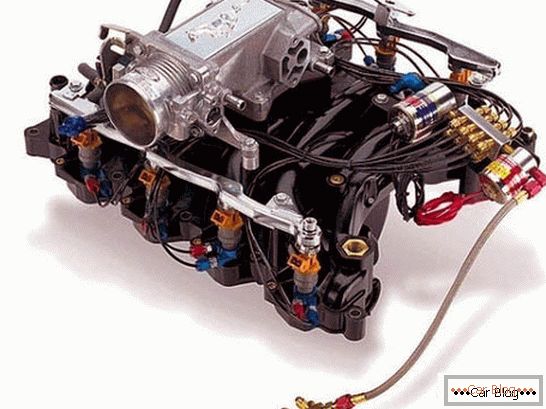Front-wheel drive cars are not without reason fell in love with motorists around the world. Most often, they use a MacPherson type suspension - a very simple and reliable design that will serve for many years faithfully and does not require significant maintenance costs. Depending on the condition of the roads and driving aggressiveness, it is true that from time to time it will be necessary to change some units, for example, ball or hub bearings. A silent blocks and levers fail much less often. This is what most car owners like - the car should drive, not stand to be repaired.
But there are also vulnerable places in front-wheel-drive cars, the hinge of equal angular speeds can serve as an example. People call it a “grenade” because of its visual similarity. You can also see a contraction - the CV joints. For their production, only high-strength alloys are used, various coatings are applied to the working surfaces, and the original lubricant must ensure the operation of the unit for a very long time. But in practice it turns out that there is nothing permanent, grenades also break, even on completely new cars that just left the conveyor. Therefore, if there are suspicions of a malfunction, an early inspection of the CV joints is necessary.
Content
- 1 Device
- 2 Causes of failure
- 3 Is it possible to diagnose malfunctions of grenades by yourself
- 4 How to diagnose malfunction hinges
Device
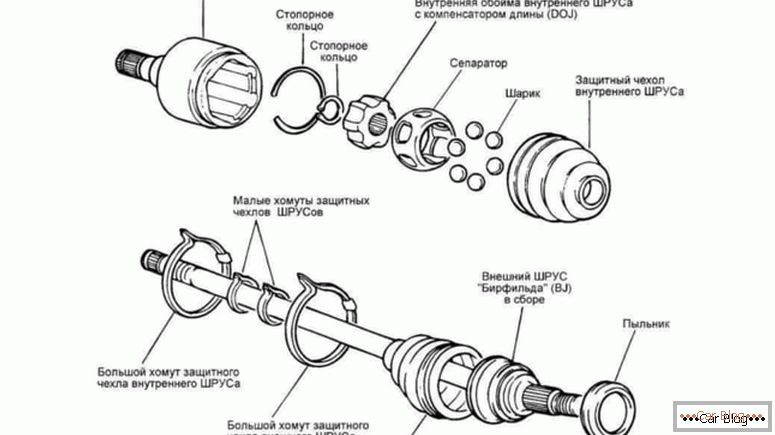
Device внутреннего и наружного ШРУСов
The drive system consists of the following hinges:
- two internal, which are installed directly in the checkpoint, set in motion the semi-axis (one for each side);
- two external - located on the hubs, are used to transmit torque to the wheels.
It may seem that their service life is the same. But in fact, everything is not quite so, internal ones work longer, external ones more often fail. The reason for this is too high loads arising from the movement of the car on the wheel hub, as well as the fact that the outer CV joint turns at a much larger angle than the inner one. It is possible to note the external differences - the size of the internal grenades is much larger than the external ones.
See also: Repair and replacement of clutch master cylinderCauses of failure
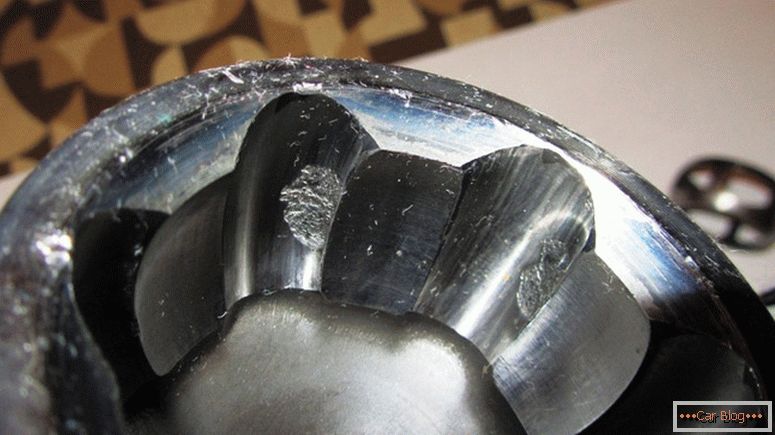
Development on the CV joint cage
The reasons may be as follows:
- Factory defect, which was not identified before installation. It is not uncommon for new counterfeit products to be installed on new machines. This also includes the very low quality of the metal used to make the assembly.
- Not enough or no graphite lubricant. Poor quality of the anthers, resulting in its rupture and dust, dirt, sand, water and other debris gets onto the rubbing surfaces.
- It is also important how you drive and where. Aggressive driving, coupled with poor-quality road surface - this is the rapid wear of grenades and their quick replacement.
Is it possible to diagnose malfunctions of grenades by yourself
Since a grenade is a simple hinge, it can easily fail. The principle of its work is very similar to the work of the bearing - two surfaces, between which are balls of durable metal. The difference is that grooves are cut out on the surfaces, due to which it is possible to change the position of the leading semi-axis relative to the driven one. If you take a second-hand CV-joint, you can rotate the two semi-axes with little effort, and see how the knot works. It will not work on the new one, since there are no gaps and there is a need to exert great effort to turn.
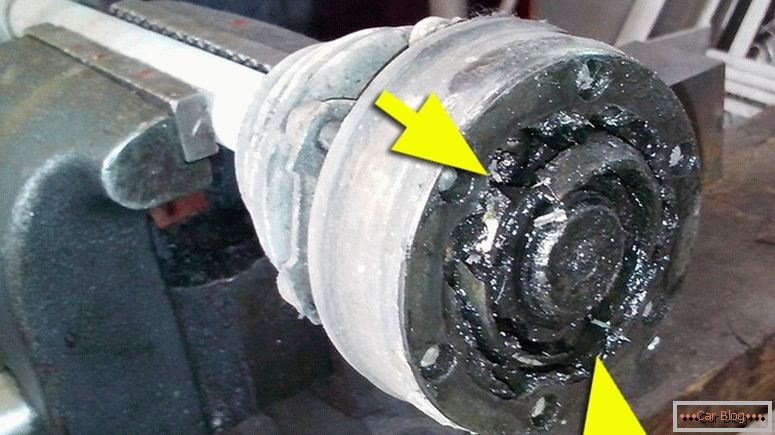
Faulty CV joint
Several forces act on the hinge at once. First, when driving, torque is transmitted from the gearbox to the wheel. Secondly, the relative position of the semi-axes is constantly changing, as you rotate the steering wheel or run into an uneven surface as it moves. And there is always friction in the mechanism that destroys it. Production may appear in some place, as a result of which an increase in the gap between the surfaces occurs and extraneous crackling and noise become audible.
Anyone who has experience in operating a front wheel drive car is familiar with how to check the CV Joints and with the sounds that it makes when it breaks. The first bell of the need to replace grenades is the appearance of this kind of noise during sharp acceleration, moving obstacles, and also when turning. But if the crunch is heard even with straight-line movement, it means that it is necessary to urgently change the CV joints and the operation of the car in this state is not just undesirable, but even dangerous.
See also: How to replace the boot of the inner CV jointUnfortunately, many of the symptoms of grenade malfunctions are very similar, for example, with the symptoms of a ball or steering tip breaking. Therefore, you should once again verify the correctness of the diagnosis. Thus, the presence of subtle jerks at the time of pulling away, clearly indicates a failure of the hinges. The presence of a significant backlash of the shaft between the CV joints can be determined by hanging the wheel and trying to move it in different planes. If there is a backlash, the CV joints have become unusable and should be replaced.
How to diagnose malfunctioning hinges
Diagnosis of the external hinge is simple: you just need to unscrew the steering wheel to the extreme position and move off. At the maximum angle between the half-axes, a characteristic crunch will appear - this is a sign of the breakdown of the outer joint.
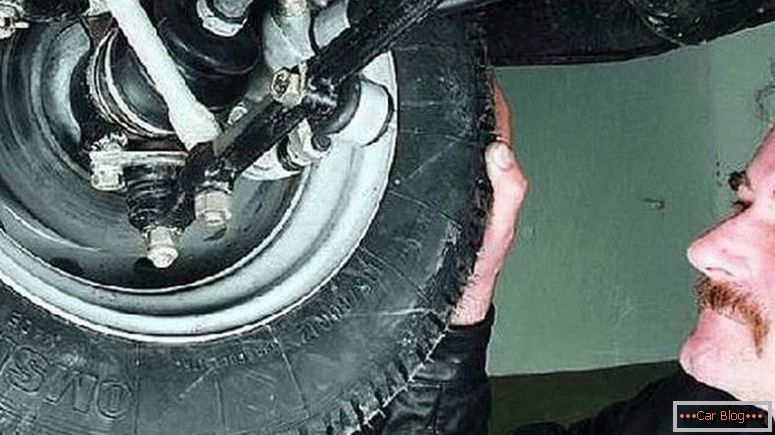
It is best to check the internal SchRUS on the lift
But there is a peculiarity in internal mechanisms - they can crunch during straight-line movement. To check, it is not necessary to have special skills, as you can check the internal CV joint by traveling off-road - when hit in holes and ditches, the sound is amplified many times. But the most accurate diagnosis can be made as follows:
- drive the car to the lift;
- in a suspended state, engage the first gear, allowing the wheels to rotate slowly;
- in this position, a faulty CV joint will emit a distinct crunch;
- again, if you try to move the shaft with your hand, there will be a significant backlash.
If the symptoms are "present", then you need to buy a CV joint and install it on the half-line. Anthers, clamps and grease are usually supplied.

